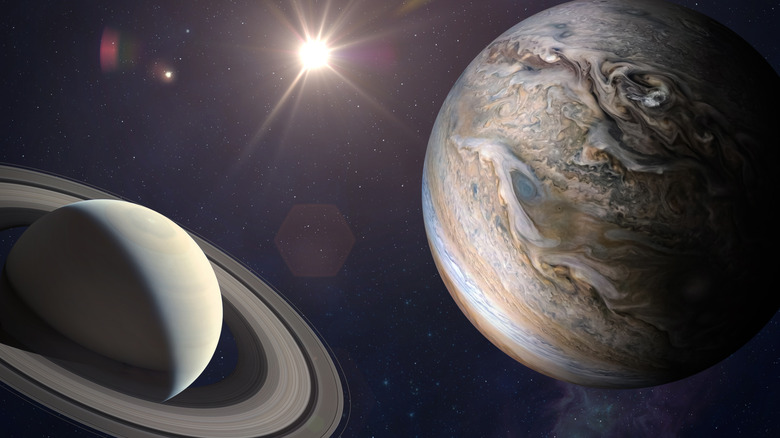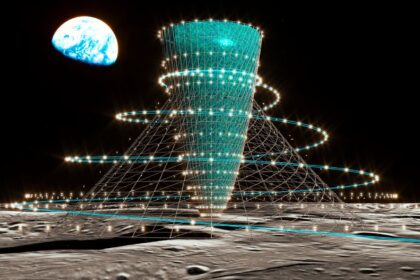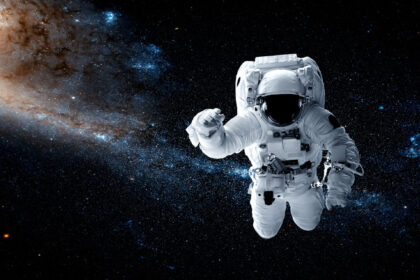In general, the gas giant has a tendency to emit a ring and attract the moon around their planet’s orbit, and not only Saturn that has its own ring or outside moon, which determines the shape, texture, and outer ring pattern mentioned above. According to Cosmos Cool through NASA, the four gas giants in our local solar system are surrounded by rings made of particles. This particulate material consists of “billions of stone, ice and dust particles,” as explained by the University of Colorado in the boulder laboratory for atmospheric physics and space.
Each of the four gas giants in our solar system – Neptune, Uranus, Saturn, and Jupiter – have stories that can distinguish them from other terrestrial planets such as our own earth. Physics behind the gas giant formation, where the asteroid -ton -ton and even smaller planets collide to form a core in a rocky core are gradually surrounded by the atmospheric envelope, can also explain the origin of the ring and orbiting months. The month of Jupiter Ganymede, IO, Callisto, and Europa are some of the largest in our solar system, and even in 1998, Galileo Nasa spacecraft observed two rings around Jupiter which might be fed by loose material that blew each.
The Jupiter ring must be brighter, said scientists
It is important to note that Jupiter is a larger planet and is therefore more visible than Saturn. Although the latter giant gas is famous for its very visible ring, the circumference is 235,298 miles which are trivial around the surface range of the planet compared to the circumference of Jupiter which is much bigger 272,946 miles. Researchers at UC Riverside have examined the differences between the two giants, and there seems to be a decent theory that can explain the lack of visibility in the outer ring of Jupiter.
On July 21, 2022, UC Riverside published his findings, said that it might actually be four giant months around Jupiter’s orbit that stopped him to show his ring as easy as Saturn. The report notes that the loose material found in the Jupiter ring may collide with the months or even can be disbursed from Jupiter’s orbit with the gravitational pull of the moon.
Astrophysics UC Riverside Stephen Kane clarified, saying, “We found that the months of Galilee Jupiter, one of which was the biggest month in our solar system, very quickly will destroy a large ring that might form.” If this is the problem, then maybe the Jupiter ring has been hindered since the first month trapped in its orbit. Or, as Kane said, “It is impossible for Jupiter to have a large ring at any point in his past.”





